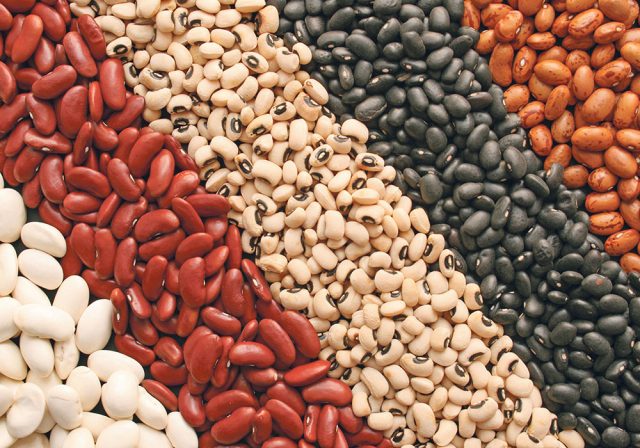
Beans have been cultivated and enjoyed in human diets since the dawn of time. As omnivores, most scientists and historians believe that even our last common ancestors enjoyed diets that consisted, at least in part, of wild edible beans. It’s no real mystery why our body does well with the fiber and nutrients provided by them. Likely, this food source is what helped our ancestors evolve into the humans we are today. The only thing that’s changed about it is the consumption over the years because we eat a lot more of them and have cultivated many different varieties of them.
Of course, with so many types of beans on the market, many people wonder how you can correctly classify them. Before someone buys, for instance, online at this website: grainworks.com, they want to know what to look for precisely. The good news is that you don’t have to be a scientific expert in classifying the types correctly. The practice isn’t as hard as you might think, and that’s because you can whittle the classification down into simplistic categories. Let us explain how this works, starting with a complicated way to do it, so you can see why the easier way has more utility for you.
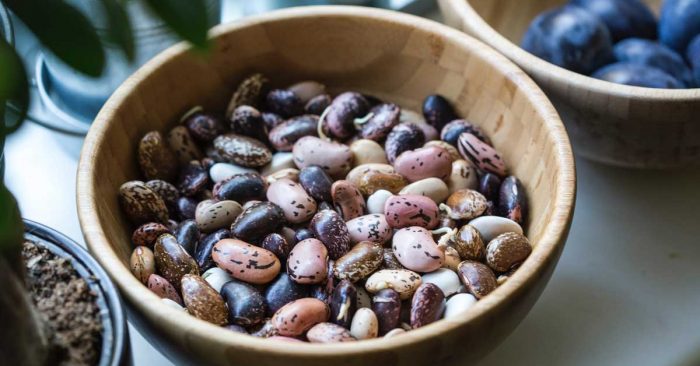
The Complex Scientific Way to Classify
Varieties of the bean are classified scientifically, the same way as classifications of humans, dogs, rabbits, tigers, and any other organism on the planet has branched off into multiple varieties. Though, to be clear, unless you possess a degree in the bio-sciences, classifying anything this way can be extremely frustrating because you must possess an intimate knowledge of the different phenotypic, morphological and physiological characteristics of the organisms. Yes, as you can see, scientific classifications can get very detailed.
When classifying scientifically, what you do is put them into their current cultivar, which is the current type that you would look for when purchasing or growing. Beyond that, you can trace this type of food back to their kingdom. All of them are part of the plant kingdom. Though, between the kingdom and current type, you also have the phylum, class, order, family, genus, and bean species. So, if you were to classify scientifically, you would have to work your way back through the evolutionary tree to taxonomically classify, for every branch, every step along the way.
Though maybe you want to buy them online and want to know which type you’re getting. Well, the good news is that there are far easier ways to classify.
The Easiest Way to Classify Beans
Fresh Beans: Pods and Shells
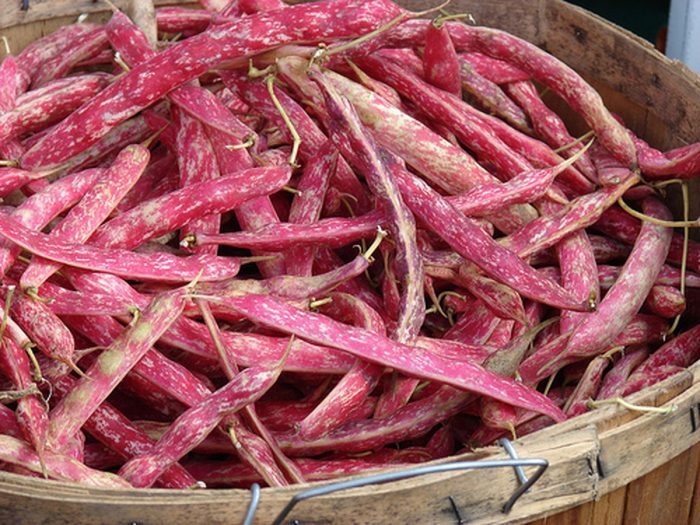
Overall, the easiest way to classify, in a way, anyone can perform the task, is to look at fresh beans. These fit into two main categories: Shells and pods. Now, of course, when you’re looking at them online and in the grocery store, what you’re finding is that they are already harvested and packaged, so you don’t really know what form they took before, when freshly picked. That’s fine; just always remember that they were either in a pod or in a shell. That’s the only classification you’re going to need if you want to know how to classify properly.
Shell Beans
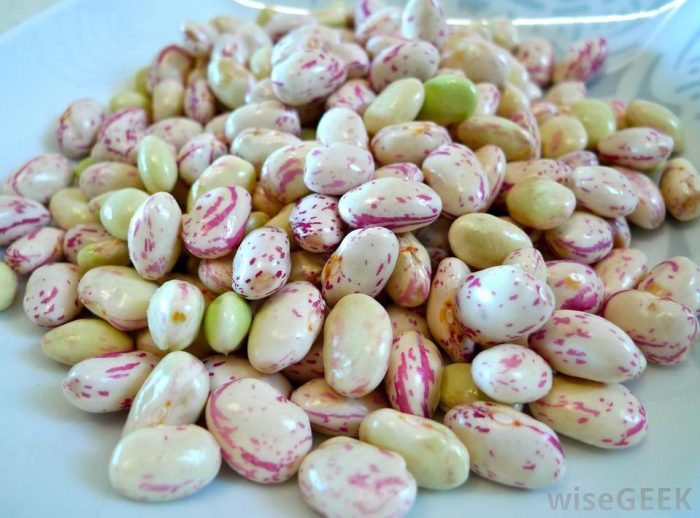
Shell beans share a lot in common physiologically with nuts. That is to say, the single seed inside of the shell can grow more. Not everyone knows this, and some are very surprised to learn that they are technically seeds. This is the more famous type which you have probably eaten. For instance, black beans are seeds individually in shells, along with garbanzo, pinto, and many other varieties. The shell is discarded and considered inedible with many of the varieties, but certainly not all. Lima beans are a trendy one of this type, though most people will prefer this shelled type.
You will ultimately find many varieties and different types of shell beans than pod beans. There are thousands of different types, and they grow different varieties all over the globe. Different cultures have domesticated them for thousands of years. They have created so many different varieties that scientists cannot even put a number on how many types exist.
Pod Beans
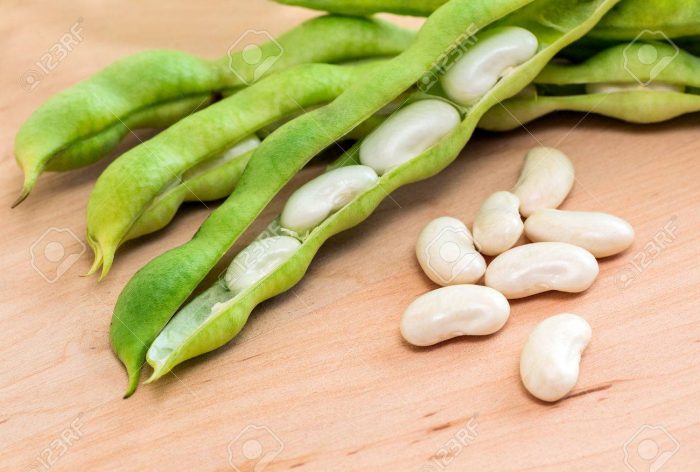
Pod beans are another category that sprawls once you get into the many different types available. The most famous of them is the green bean, also called a snap bean or string bean. These can be cooked whole, this means the pod and it’s whole can be consumed. You may have noticed when eating green beans that they do have little seeds in them. Of course, few people have probably taken the time to think about why this is, but it’s because you actually enjoy eating the flesh of it, which is the pod that’s housing the seed. So when you eat one, what you’re really eating is a protective husk, with very little “bean” inside of it. It’s a pretty cool little twist of nature to imagine that. Though, you don’t always eat the pods with the beans.
The origination of pod types in China was domesticated in Japan; one of the most popular ones is edamame. This is a variety of soybean, so it has a lot of use beyond just consuming. There isn’t as much variety in this type. However, you can find a whole lot of different varieties still. Though the difference with this type is that most can be consumed whole. All parts of the edamame are still perfectly edible.
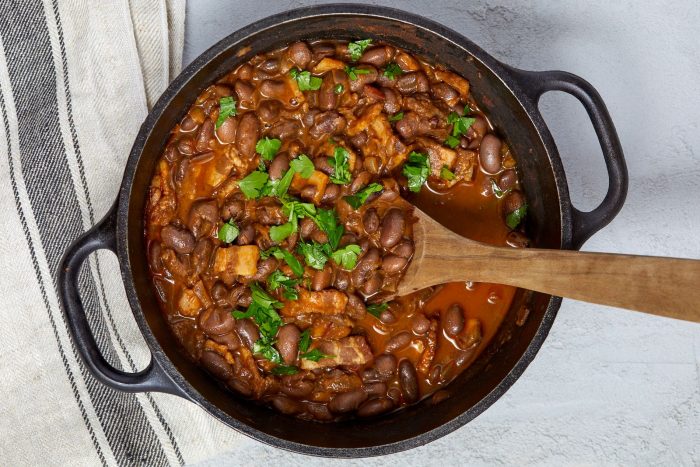
To put it simply, you do not have to waste time classifying this food scientifically. Unless it’s a homework assignment from some science class, there’s no reason to trace your beans back along the evolutionary tree. Just understand that there are two main types, pods, and shells, and you can classify easily from there.

















